Born in Portland, Maine, “long before quartz was invented”, Ken Kessler’s link to watches started out as a fan and collector before he became a part-time dealer of vintage watches.
“It wasn’t really a thing then,” he says. “It was pre-internet and seriously low-key. Any auctions or books or magazines concentrated on pocket watches back then. I was selling or trading mainly to friends and acquaintances. I never had a shop, I was just carrying a few pieces with me and swapping them.”
In order to fund his own collection, Mr Kessler ultimately started writing about watches in the mid-1990s.
His personal fascination revolves around the history of watches and the fact that their very essence is to mark moments in time.
“One resource we have which is not sustainable is time, and time is so valuable that I early on decided it deserved to be marked in an elegant manner,” he says.
“The moment I became hooked on watches is when I was 13 and my best friend received an Omega for his bar mitzvah. A pie-pan Constellation, it was the most beautiful thing I’d ever seen. Both of us are now big watch enthusiasts, 57 years after that Omega entered our lives.”
We challenged Mr Kessler to name his ten dream watches.
Although he has a collection of more than a hundred pieces — even after 16 were sold by Bonhams in 2017 as the “Kessler Collection” — his Top Ten are all “the ones that got away”.
“I don’t own any of the ones on this list. This is my fantasy selection if I suddenly found myself as a lottery winner. I already own eight or ten watches that are must haves to me, like the Patek Philippe Calatrava, IWC Mark 10 and Mark 11, pre-Richemont Panerais, Rolex Explorer I and Explorer II. But I wanted to put together a group of watches that I am unlikely to own — ones that I can only dream about.
“All are vintage or out-of-production, as picking out contemporary or currently-available watches would please some brands and antagonize the ones I didn’t name-check. Digging into the past is a lot less political!” .
Ken Kessler’s Top 10 in his own words
Patek Philippe ref. 1463
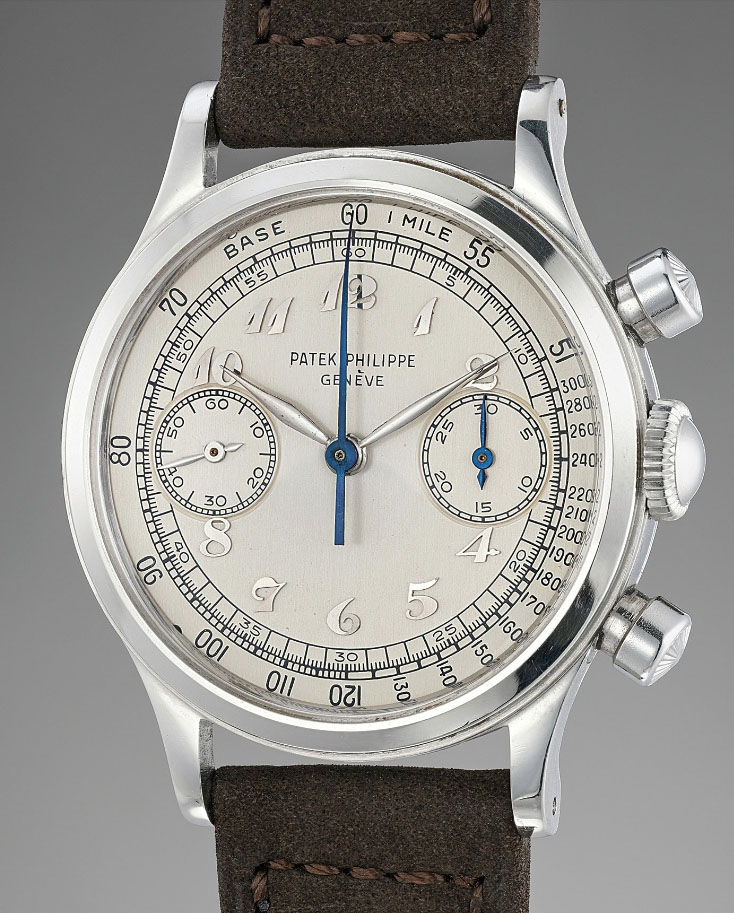
I’ve always been a fan of Patek Philippe — as I said, I own a classic Calatrava ref. 96 — but the 1463 is to me is the closest thing to a perfect dress chronograph that I’ve ever seen.
It’s understated but it’s beautifully built, rugged enough to be worn as a daily watch, but elegant enough to be close to a formal timepiece.
Born in the 1940s, way before sport watches like the Nautilus were thought of, it’s got a phenomenal movement which I believe is based on a Valjoux 23, obviously heavily reworked by Patek.
I love the versions with round pushers and Breguet-style Arabic numerals and would choose the platinum or the rose gold model.
The first time I ever saw one in person, I was just completely blown away. It was on sale for around £20,000, but today you’d be lucky to get one for £200,000.
It was about 20 years ago and an elderly gent turned up at Swiss Time in Portland, Maine. He’d had the watch from new since 1960.
A lot of dealers in the area weren’t recognising what the piece was worth, or were just proving to be as mean as vintage watch dealers are when they’re buying rather than selling.
After being insulted by a handful of them around New England, he took an offer from Claude, the owner of Swiss Time, because Claude was so honest about its value.
I happened to be in the US at the time and I later helped Claude out with a strap and a buckle, while someone else found an original box for it. And it then went to auction in Europe and sold for something like $135,000.
Philippe Dufour Simplicity
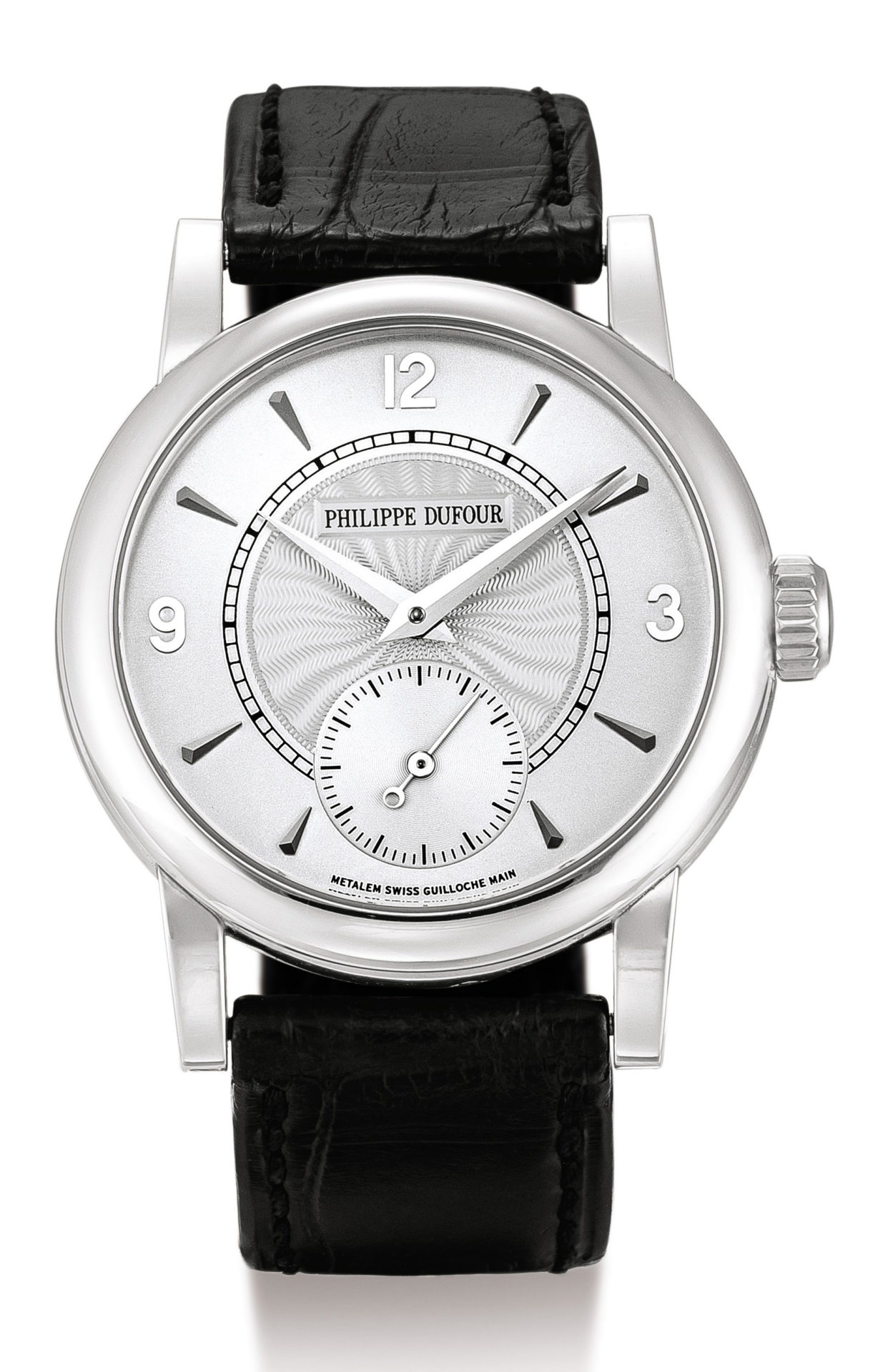
I’d be happy with any Philippe Dufour creation. I have seen pretty much all of the new maestro watchmakers’ works, and don’t get me wrong, if I had more room on this list, I’d also add a De Bethune, an FP Journe, a Roger Smith and quite a few others.
But my love of Dufour is partly because I’ve met him a number of times and he’s been an absolute gentleman. Every time we’ve spoken, I’ve learned something from him. And beyond that, I think his watches are just gorgeous.
Because I’m not too crazy about complications, my dream watch is probably a little different to most other enthusiasts’ choices.
I think a lot of collectors would go for one of his minute repeaters, but I prefer his time-only watch, the Simplicity.
It’s a true dream for any aficionado and it would be the crowning glory of any collection of watches made in the last 50 years. Or 100 for that matter.
Breguet Type XX
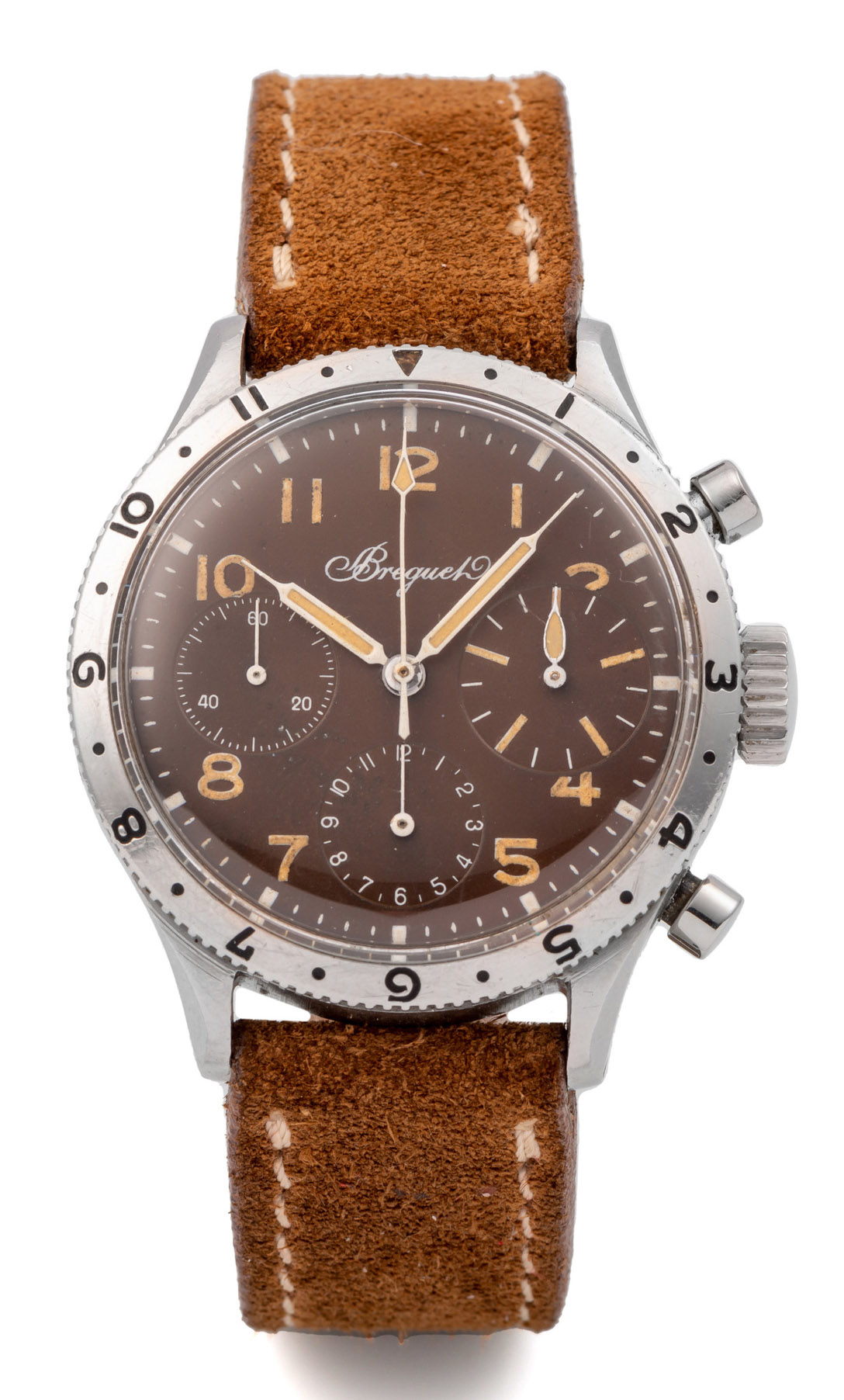
The Breguet Type XX from the 1950s with three sub-dials was the first vintage chronograph I fell in love with way back when and, as with many of the watches on my list, it was not obscenely priced.
That said, it was always just that bit too rich for my blood, even though they are not as unattainable as, say, a Rolex Cosmograph Daytona.
But the Type XX for me is the definitive military-style chronograph, as opposed to the Patek ref. 1463 on my list, which is simply a dress timepiece.
Everything about the Type XX is purely functional. I own a modern version, and I’ve had a few military chronographs that were based on its looks and layout, but anyone who’s seen an early Type XX knows that it is an absolutely classic military-based tool watch, enhanced by a great movement, incredible legibility and a comfortable size.
As for the name on the dial: need you ask?
Blancpain Fifty Fathoms
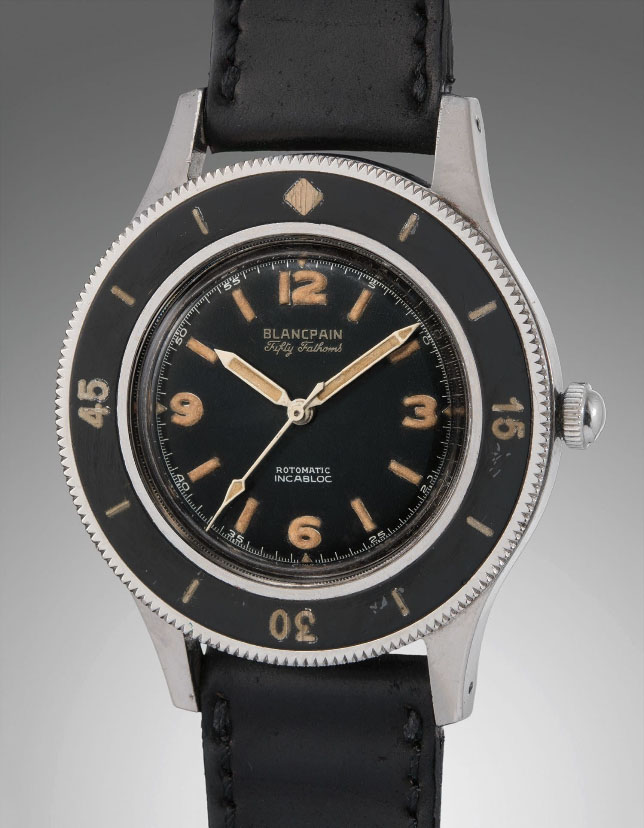
To me, this one is the ideal partner watch to the Type XX. Both are from the same era and, in my opinion, it’s the best-looking dive watch of all time, especially the models where the cross section of the bezel is slightly arched rather than completely flat.
I’ve been told by master watchmakers that the original Fifty Fathoms had a fairly basic movement, but that’s not the most impressive part of the watch in the way it is in, say, a Type XX.
The Fifty Fathoms came out around the same time as the Rolex Submariner and is one of the contenders in the battle of which manufacturer came out with the first proper modern diving watch.
Whether the Blancpain was first or not, I just think it’s a gem. Others must agree as it has become a staple model line of the revived Blancpain brand, even though Blancpain returned in the late-1980s and early-1990s with dress watches.
Myriad variants exist, but I’d be happy to own any one of them.
Jaeger-LeCoultre Reverso
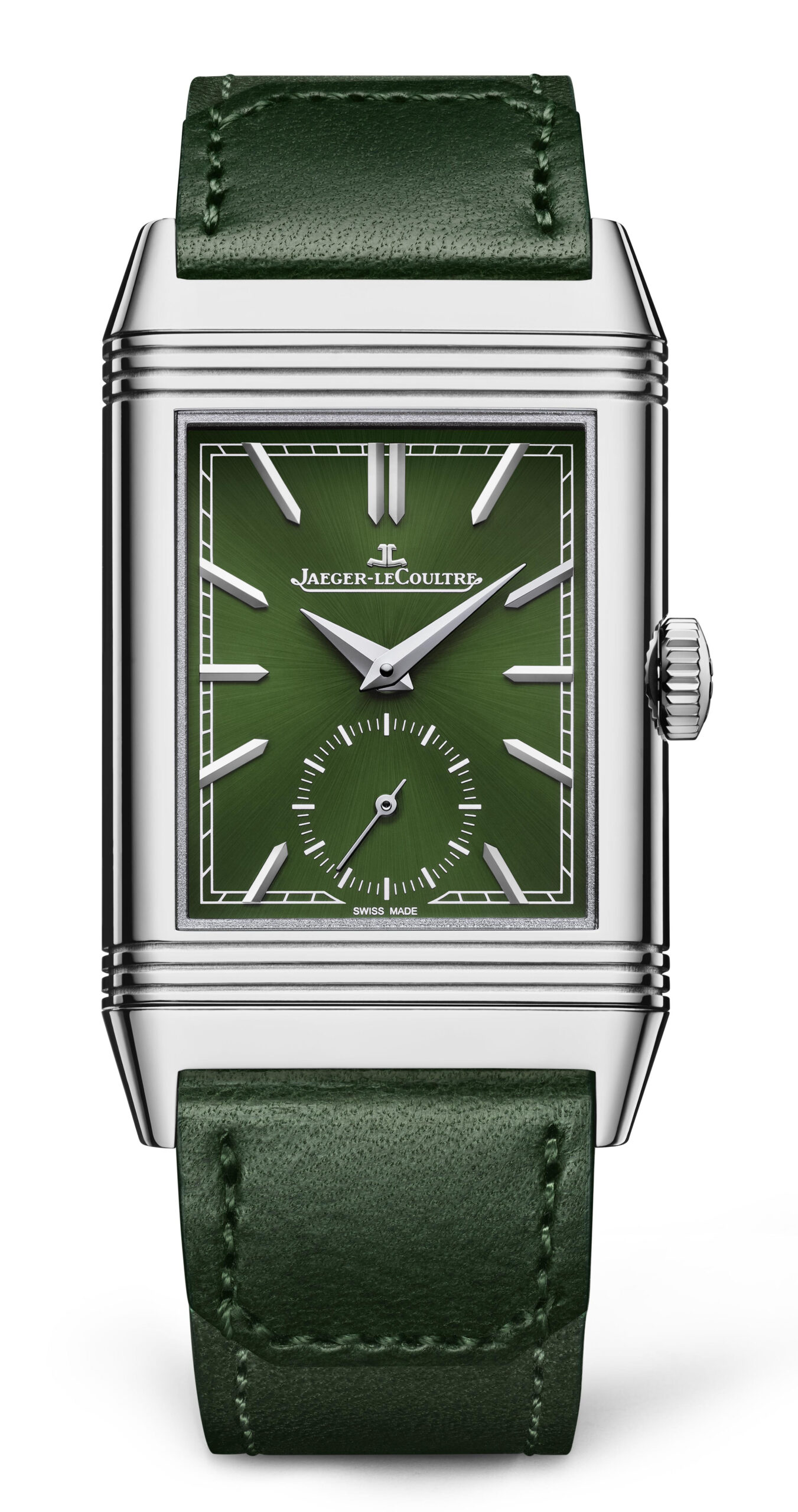
This one is the definition of a classic wristwatch. Something I always wanted to do — aside from focusing my collection on chronographs, dive watches and military watches — was to have one of each of the milestone wristwatches.
I have, as examples, Breitling’s Navitimer, the aforementioned Calatrava, a Bulova Accutron, an IWC Mk11, and the “usual suspect” Rolexes — Air King, GMT-Master, Submariner, Explorer I and II.
But there are so many classics which I don’t have simply because I’ve stopped collecting, and the Reverso is one of them. I love the 1930 Tribute pieces in primary colours, no complications, no fancy stuff, but the one Reverso model that I really lust after was withdrawn from production.
In 2003, at the SIHH watch fair in Geneva, JLC displayed a quartet of watches featuring miniature reproductions on the casebacks. The four paintings were by my favourite artist of all time, Tamara de Lempicka, one of the art deco period’s most emblematic figures. She embodied that age, right down to her taste in cars.
What I really love about this Reverso is its connection to one of my non-horological interests — Bugattis. One of the four watches features de Lempicka’s famous autoportrait Tamara in a Green Bugatti.
Unfortunately, I was told afterwards that it was withdrawn because her family’s estate couldn’t come up with an appropriate agreement with Jaeger. Nearly 20 years on, I can only imagine these four pieces sitting in a safe somewhere. I can’t bear the thought that may have been destroyed.
Rolex Zerographe
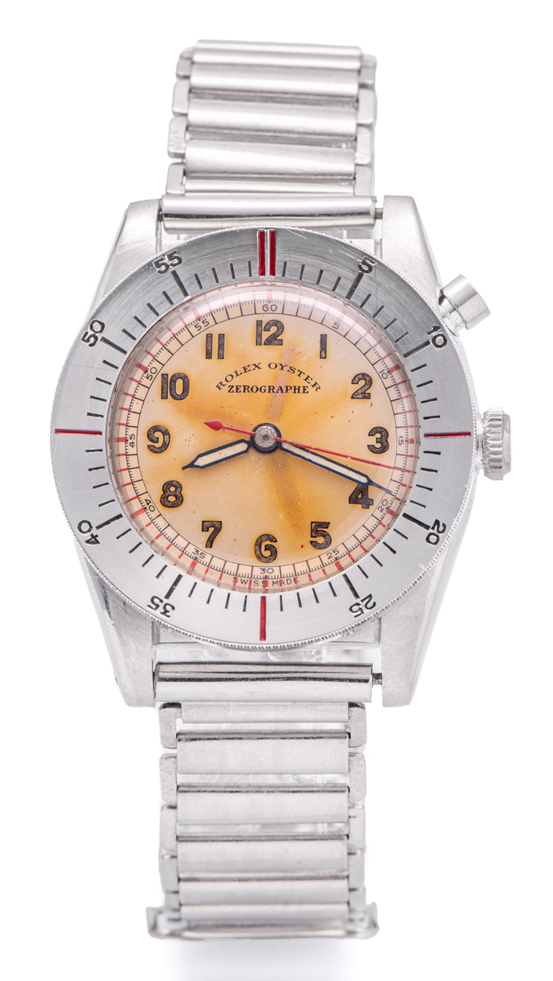
This was a watch that blew my mind when I first saw it in a book on collecting, but I didn’t realize how rare it was.
The Zerographe ref. 3346 was Rolex’s first chronograph, born in 1937 and fitted with Rolex’s first in-house chronograph movement and a single pusher.
I don’t know how few were made, but it’s generally accepted that there were only around a dozen, as it was more of a prototype than a production model.
There’s an almost identical model called the Centregraphe which followed it, of which maybe 50 were made, and in a handful of styles.
What I love about the Zerographe is that it was one of the earliest watches with a rotating bezel, agreed to be the first from Rolex, a nice flat, engraved bezel that’s easy to read.
It’s a model of clarity despite it being such a teensy little thing. To me it’s just such a pure timepiece which in a lot of ways reminds me of the Weems watches, certain examples of which were also under 32mm in diameter.
But the Zerographe is real unicorn stuff — these are now multi-million dollar watches. They’re just super, super rare. Hell, I’d be happy with a replica.
Harry Winston Opus 14
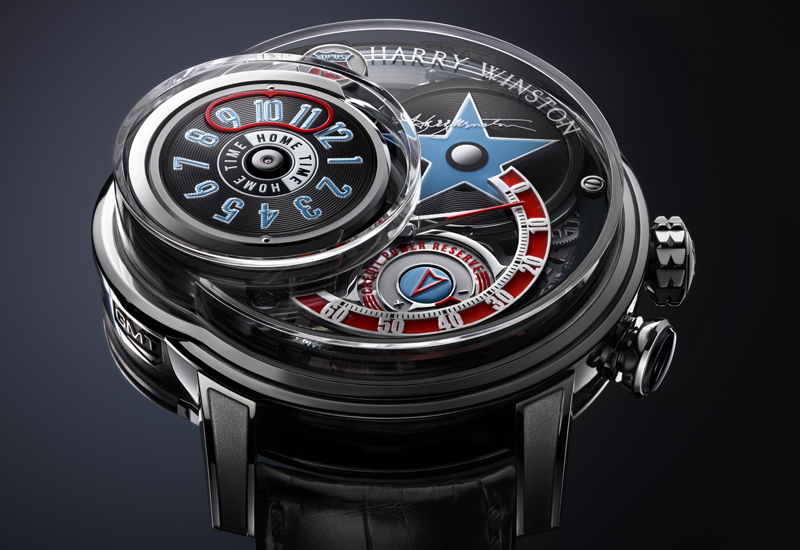
I love this watch, because it touches my soul in that my love of music and hi-fi have shaped my life.
The Opus collection was Harry Winston’s skunkworks, started by Max Büsser (now of MB&F) and this was the last one to be released in 2015.
As with MB&F, guest watchmakers were invited to collaborate on the Opus watches and, with 14, it was Johnny Girardin and Franck Orny.
What they delivered wasn’t just genius: it was witty and amusing, something rare in Swiss watchmaking.
It actually operates like a miniature jukebox and you can see the little dials changing. For me it is one of the cleverest things I’ve ever seen.
I’m not remotely interested in complications but this is a complication like no other, while the fact that it is based on a jukebox grabbed me in a way I wasn’t expecting.
I don’t even know if any have made it to market yet, because the Opus watches always seemed to take a few years to be completed.
To me, it was just an absolute scream of a watch and was launched at an incredibly cool event in Baden-Baden with 1950s cars and an American Graffiti diner-style set.
Just a lot of fun, a rare occasion of being able to say “rock’n’roll” and “Swiss” in the same sentence.
Longines 30CH ref. 3504
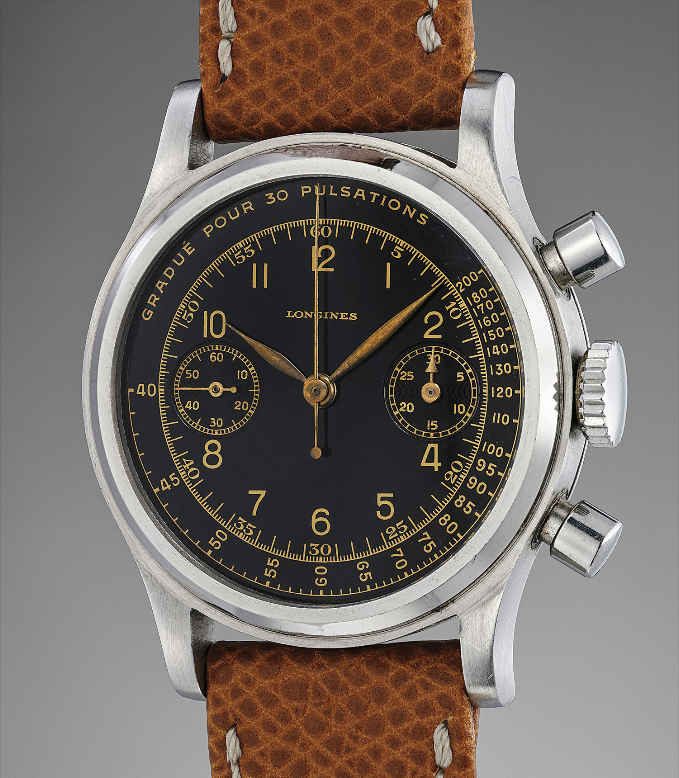
As much as I love both the Patek ref. 1463 and Breguet Type XX, the Longines 30CH is, according to one of my mentors, the finest manual-wind chronograph movement ever made.
It’s also housed inside a run of hugely covetable watches. Even before the pre-owned watch market went crazy, when wristwatch-only auctions were just starting to be a thing in the late-1980s, Longines 30CH-equipped models commanded big money.
The 30CH was a manual-wind column-wheel flyback chronograph movement, first introduced in 1947. It found its way into a lot of different watches, but the one I would plump for is the ref. 3504, which has a black dial with round pushers and a beautifully made case. It’s just a stunning watch.
Cartier Tank Cintrée
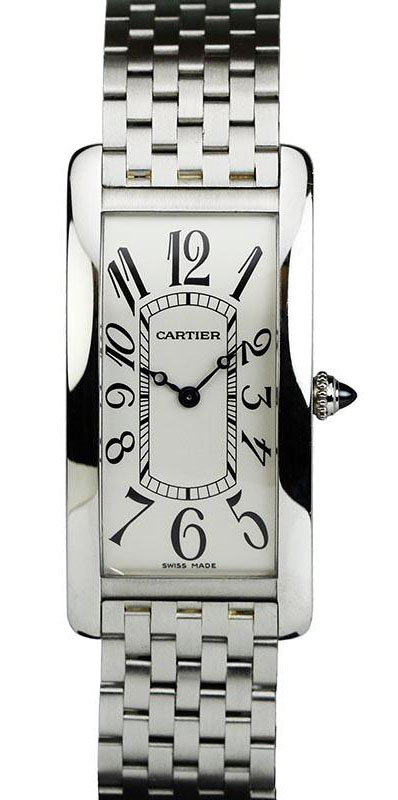
I love the Cartier Tank — almost all of the versions. Alas, I find many of them are just too small for my wrist, so my acquisitive side is less drawn to these.
But the Cintrée really grabs me because it is long, narrow and curved and just looks perfect on the wrist.
I particularly adore the vintage bracelet version, which I believe is the most exquisite, elegant dress watch I’ve ever seen.
There’s a reason the classiest of Hollywood stars from the Golden Age wore one.
I realise it’s been reissued many times and, a couple of years ago, there was a mouth-watering, limited-edition with burgundy highlights on the dial.
I’d be happy with any one of the Cintrées, or even the similar Allongée or Américaine, but I’d really love an original from the 1920s — ideally the one Fred Astaire wore from 1928 on.
Mido Bugatti
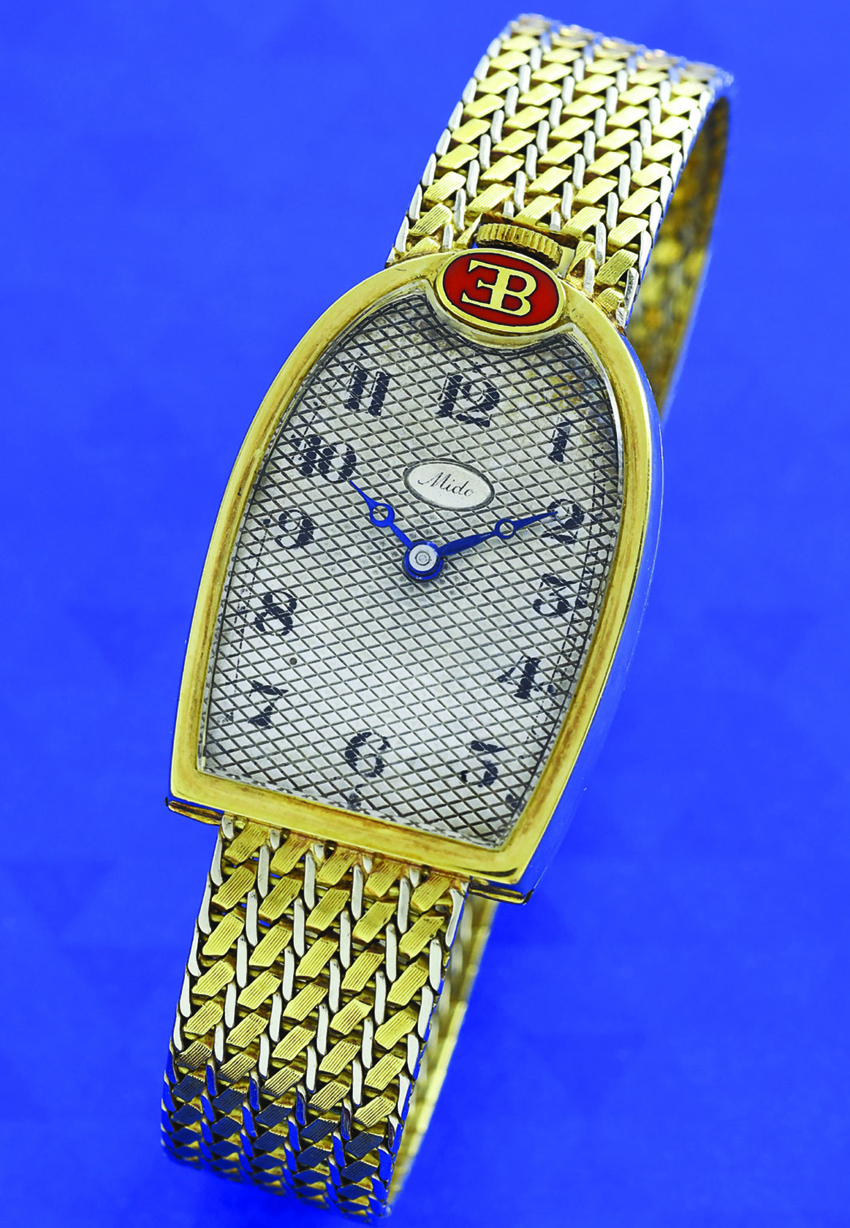
Again, this is a piece which brings in one of my other loves away from watches: Bugatti.
The Mido was one of the first watches to represent a tie-in between a car brand and a watchmaker, back in the mid-1920s.
The unique case was based on the shape of the famous Bugatti radiator, which — depending on to whom you speak — is either a horseshoe or a stirrup, flat along the bottom and curved at the top.
Mido cleverly placed the watch’s winding crown at the 12 o’clock position so it could represent the miniature radiator cap, while the dial is patterned with the same mesh as the grille of
an actual 1920s Bugatti.
Mido made many car radiator watches, with Chevrolet, Alfa Romeo, Delage, Rolls-Royce, Fiat and Peugeot, among them, but this was an amazing-looking piece to represent, then as now, the ultimate supercar of the era.
The story behind it was that Ettore Bugatti had the watches made as gifts for his best clients and for his most successful drivers; it is believed that around 100 were produced but I was once told that only around 20-30 are known to exist.
Whatever the numbers, the values are now elevated. Twenty-five years ago, the prices were around £10,000 to £20,000, but now I think the better ones nudge six figures.
As reported in WATCHPRO in April 2021, Ettore Bugatti’s personal Mido Bugatti watch sold for $340,000 in an auction in France — three times the estimate. I can only aspire to one of the many replicas that has appeared over the years.

